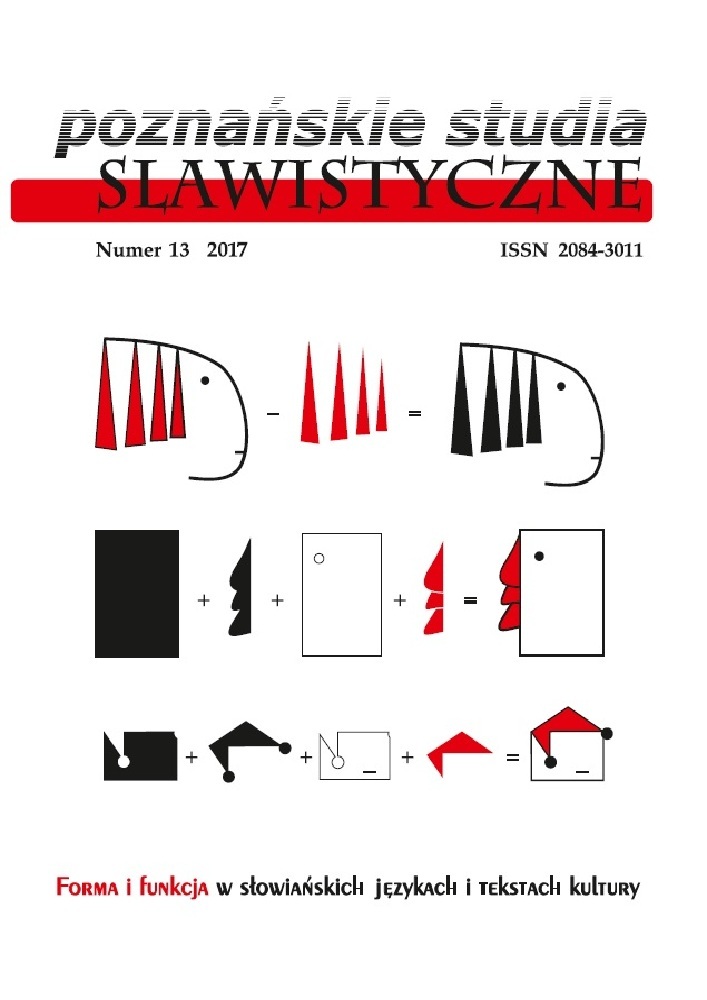Abstrakt
The twelve-year collaborative practice of Marina Abramović and Ulay (Franck Uwe Laysiepen), started with extreme, rapturous and unflinching explorations of capacities of the body in their early performances (a phase they called The Warriors), that corresponded to the fury of the 1970s. In an environment hostile to the living, phenomenological body (in arts, in theoretical discourse) of the 1980s, the two artists recalibrated their living and artistic strategy. During their extensive journeys into distant lands (deserts of Asia, Africa, Australia), they were introduced to and embraced the practices of Eastern meditation techniques, which secured and procured their escape from the limitations of their own culture and their relationship. They also significantly influenced and modified forms and functions of their joint performances. The refined simplicity and stillness of the form of their many-times (re)enacted performance Nightsea Crossing focussed and spurred their inner forces towards self-perfection and the unfolding of more sophisticated lines of connection with the outside, with otherness. The legacy of this performance has affected the direction and function of their later, individual careers.Bibliografia
Abramović, M. (1996). Interview. U: The Twentieth-Century Performance Reader. Ur. M. Huxley, N. Witts. London: Routledge.
Abramović, M. (2004). Interview. U: Buddha Mind in Contemporary Art. Ur. J. Baas, M.J. Jacob. Berkeley: University of California Press.
Abramović, M. (2005). The Biography of Biographies. Milan: Charta.
Biesenbach, K. (2010). The Artist is Present. The Artist was Present. The Artist will be Present. U: Marina Abramović: The Artist is Present. New York: Museum of Modern Art.
Deleuze, G., Guattari, F. (2013). Kapitalizam i shizofrenija 2: Tisuću platoa. Prev. M. Gregorić. Zagreb: Sandorf & Mizantrop.
Delez, Ž. (2010). Pregovori. Prev. A. Filipović. Loznica: Karpos.
Fisher, J. (1997). Interperformance: The Live Tableaux of Suzanne Lacy, Janine Antoni, and Marina Abramović. „Art Journal”, sv. 56, br. 4, str. 28–33.
https://doi.org/10.1080/00043249.1997.10791846
Foucault, M. (1994). The Order of Things: An Archeology of the Human Sciences. New York: Vintage Books.
Fuko, M. (2003). Hermeneutika subjekta, Predavanja na Kolež de Fransu (1981–1982). Prev. M. Kozić, B. Rakić. Novi Sad: Svetovi.
Goy, B. (1990). Marina Abramović. „Journal of Contemporary Art”. http://www.jcaonline.com/Abramovic.html. 24.12.2015.
Glucklich, A. (2001). Sacred Pain: Hurting the Body for the Sake of the Soul. New York: Oxford University Press.
Green, C. (2001). The Third Hand: Collaboration in Art from Conceptualism to Postmodernism. Minneapolis: University of Minnesota Press.
Jones, A. (1998). Body Art/ Performing the Subject. Minneapolis: University of Minnesota Press.
Kaplan, J.A. (1999). Deeper and Deeper: Interview with Marina Abramović. „Art Journal”, sv. 58, br. 2, str. 7–21.
McEvilley, T. (1983). Marina Abramović&Ulay. „Artforum”, sv. 22, br. 1, str. 52–55.
McEvilley, T. (1998). Stages of Energy: Performance Art Ground Zero? U: Marina Abramović: Artist Body: Performances 1969–1998. Milan: Charta.
McEvilley, T. (2010). Art, Love, Friendship: Marina Abramović and Ulay, Together & Apart. New York: McPherson.
Pijnappel, J. (1996). Interview: Marina Abramović. U: Art Meets Science and Spirituality in a Changing Economy: From Competition to Compassion. London: Academy Editions.
Phipps, J. (1981). Marina Abramović/Ulay/Ulay/Marina Abramović. „Art and Text”, br. 3, str. 43–50.
Richards, M. (2010). Marina Abramović. London i New York: Routledge.
Rus Bojan M., Cassin A. (2014) Whispers: Ulay on Ulay. Amsterdam: Valiz Foundation. Stiles, K. (2008). Cloud with its Shadow. U: Marina Abramović. London–New York: Phaidon.
Licencja

Utwór dostępny jest na licencji Creative Commons Uznanie autorstwa – Bez utworów zależnych 4.0 Międzynarodowe.
